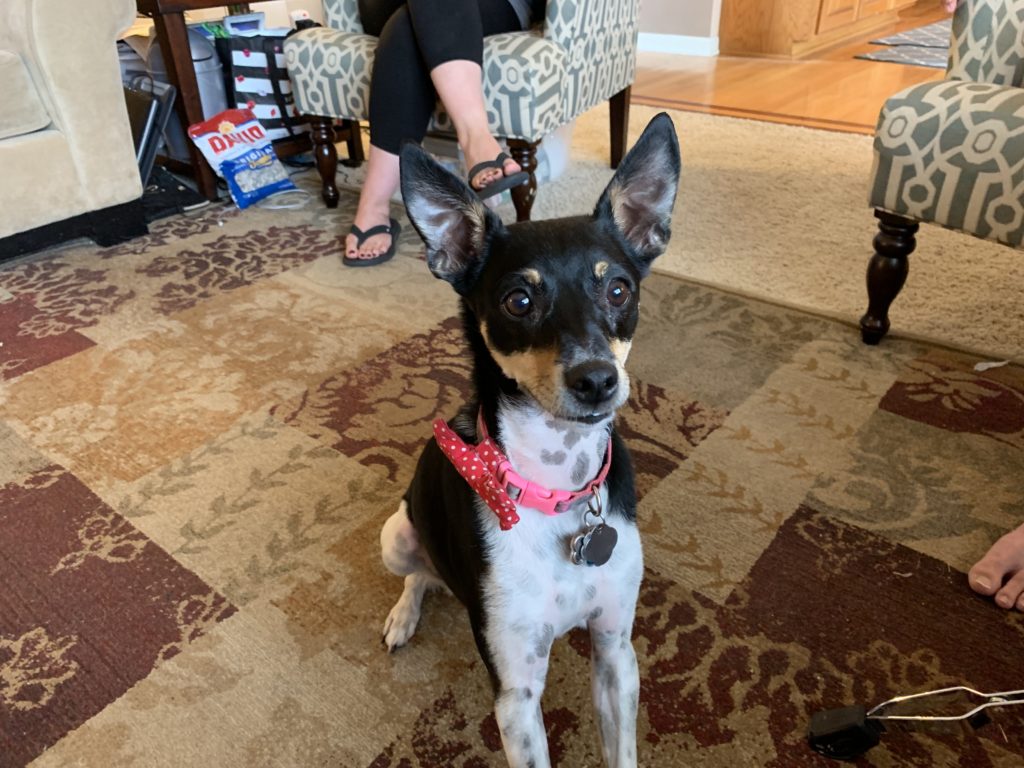Sharing Some Potty Training Tips to Help a Rat Terrier Stop Accidents in the House
By: David Codr
Published Date: September 9, 2019
For this Omaha dog training session we work with Dixie a 3 year-old Rat Terrier mix to stop her from having accidents in the house.
I shared a number of potty training tips with the guardians and recorded them. You can learn how to use a positive reinforcement to potty train an adult dog by watching below.
Stopping a dog from urinating in the house is all about rewarding them for successful elimination in the proper place. This kind of remedial potty training is usually pretty easy if you are consistent and observant. Im confident the humans can stop the potty problems within a few weeks if they follow the instructions outlined in the above free dog training video.
In case the problem is dog marking, we spent a good portion of the session going over ways to create a healthy leader follower dynamic. Dixie showed some signs of insecurity as well as possessive or protective behavior around the family’s teen girls. Adding rules, structure and increasing exercise should help reduce that protective behavior.
To help the guardians remember all the things we covered in this in home Omaha dog training session, we recorded a roadmap to success video.
Categorized in: Dog Behavior


